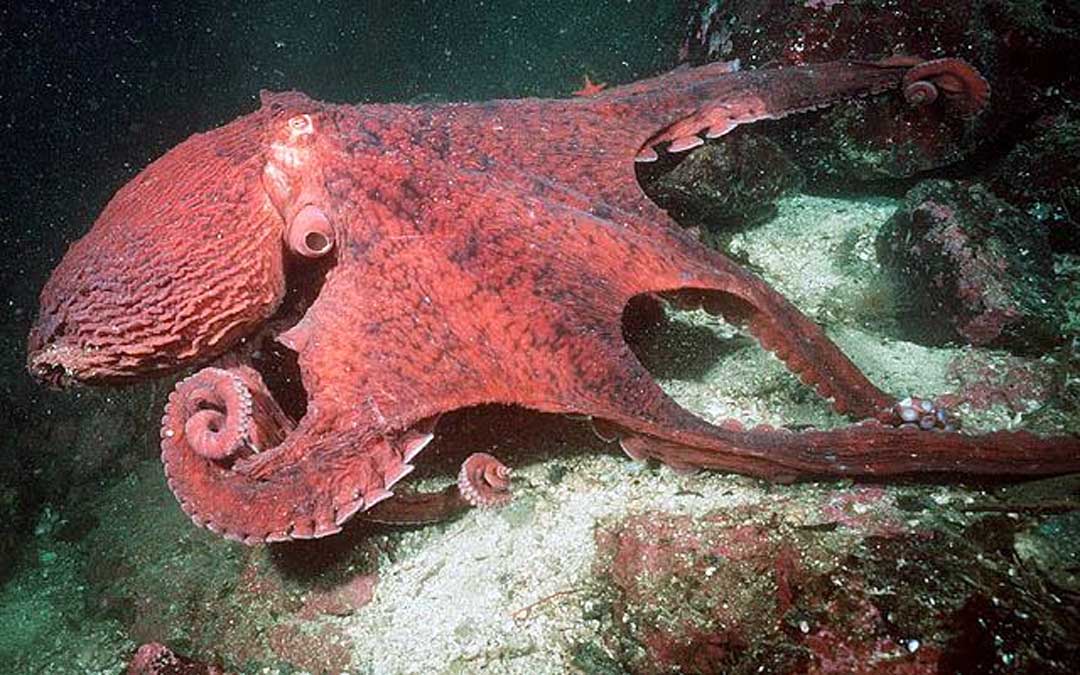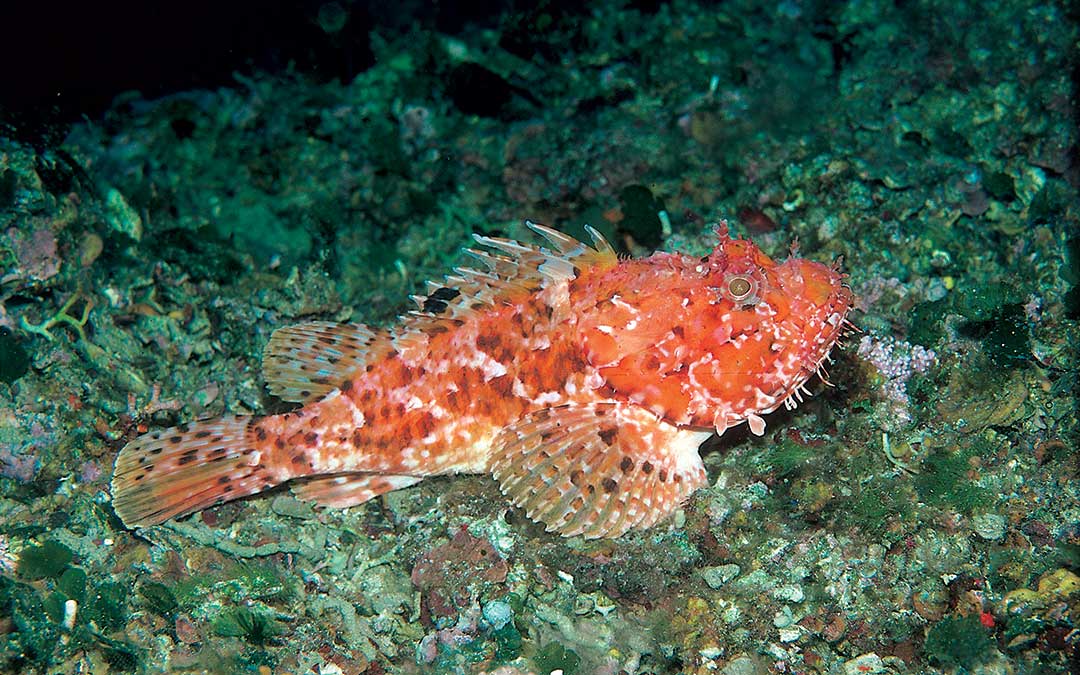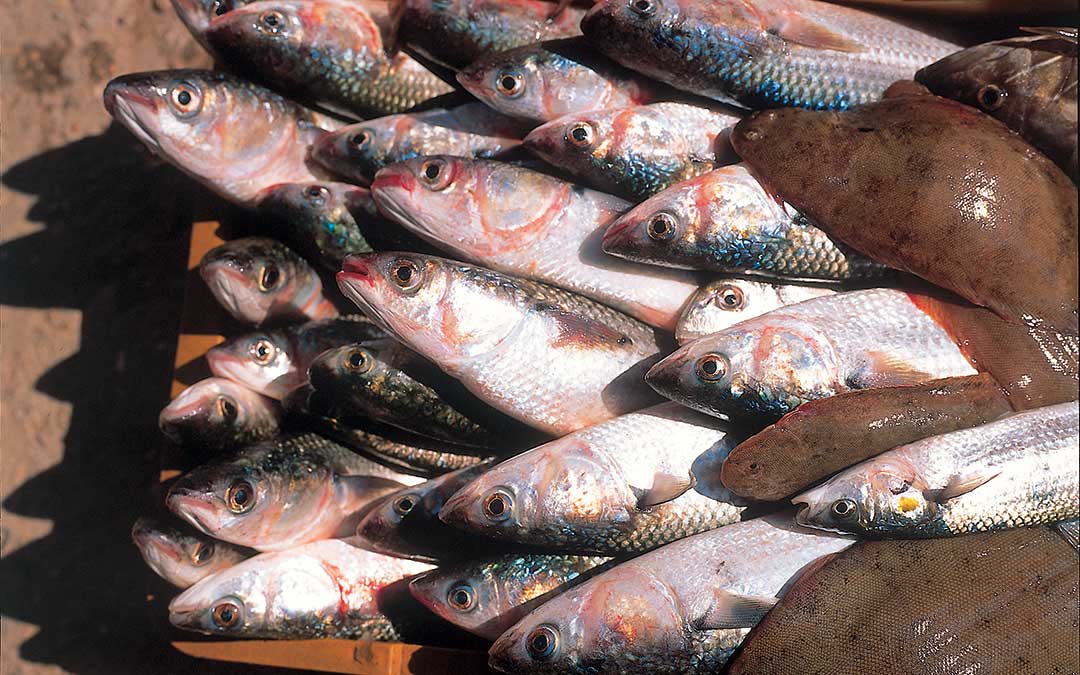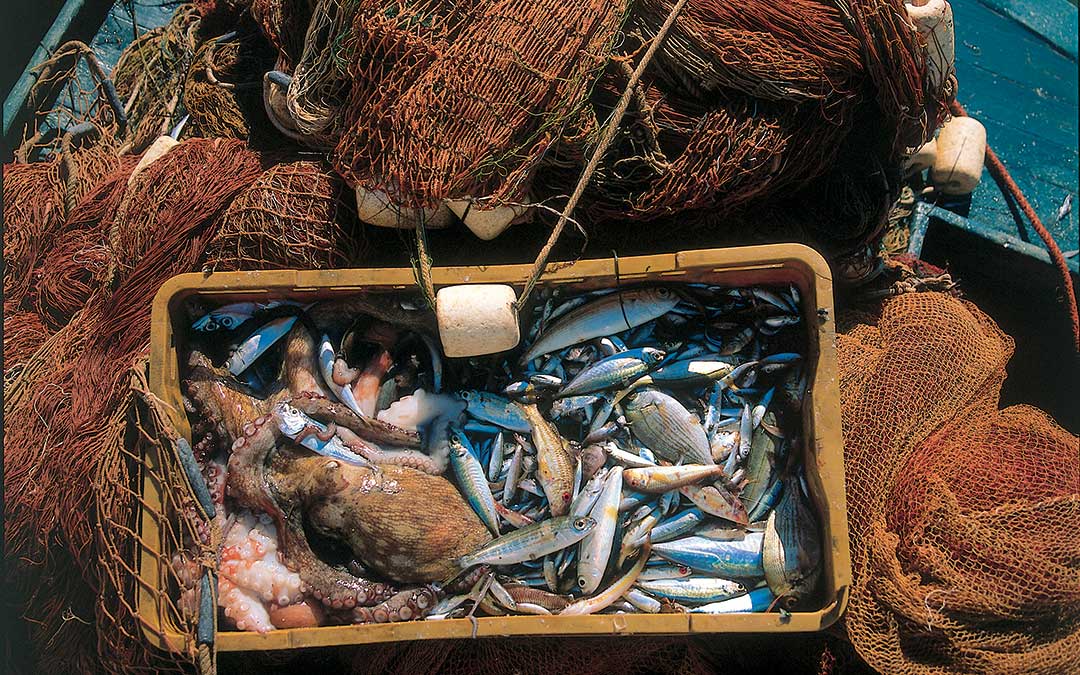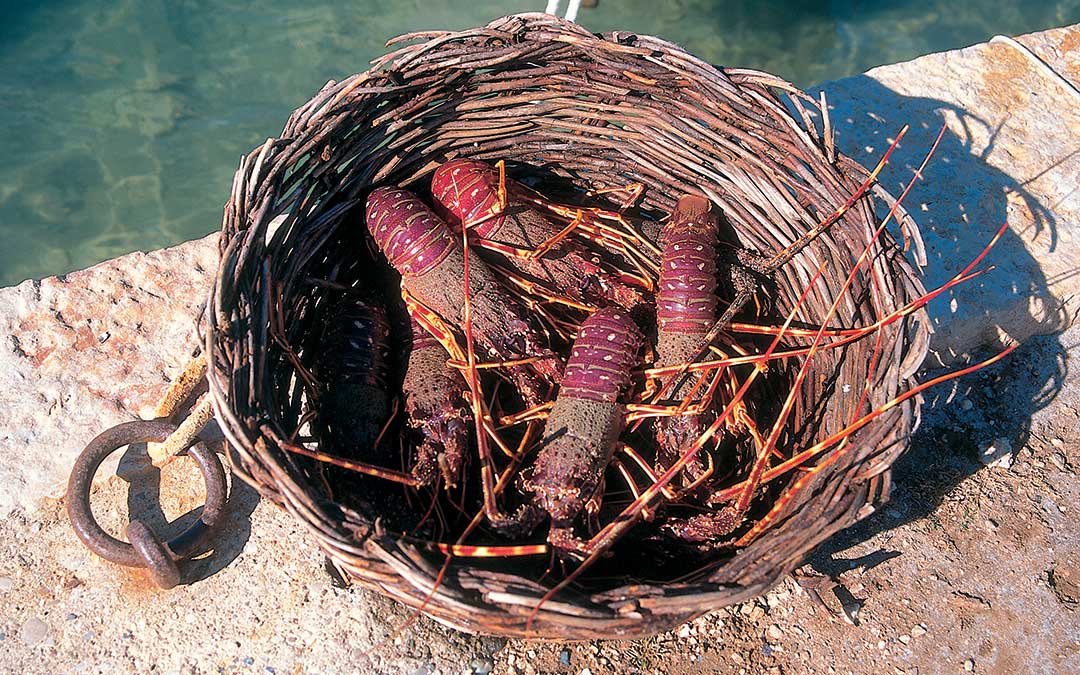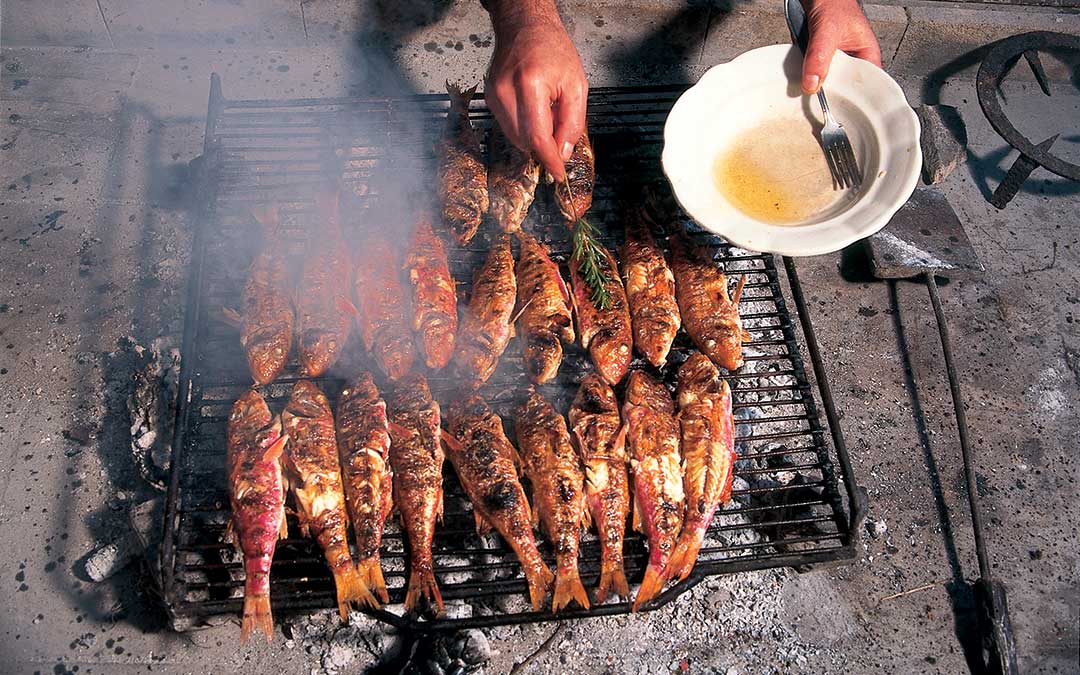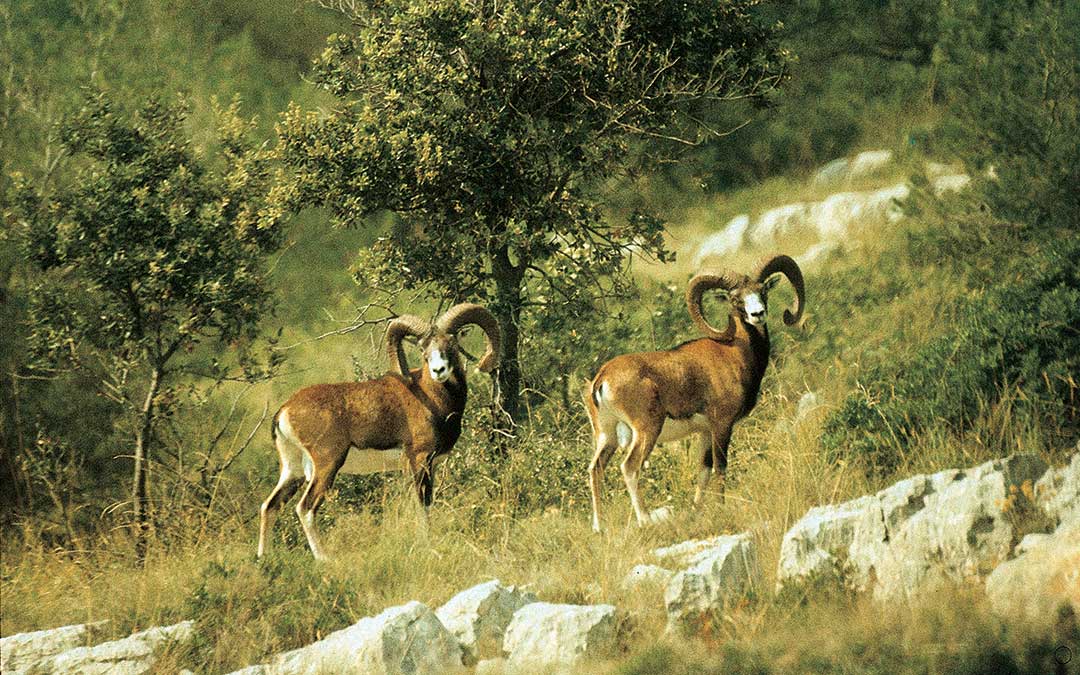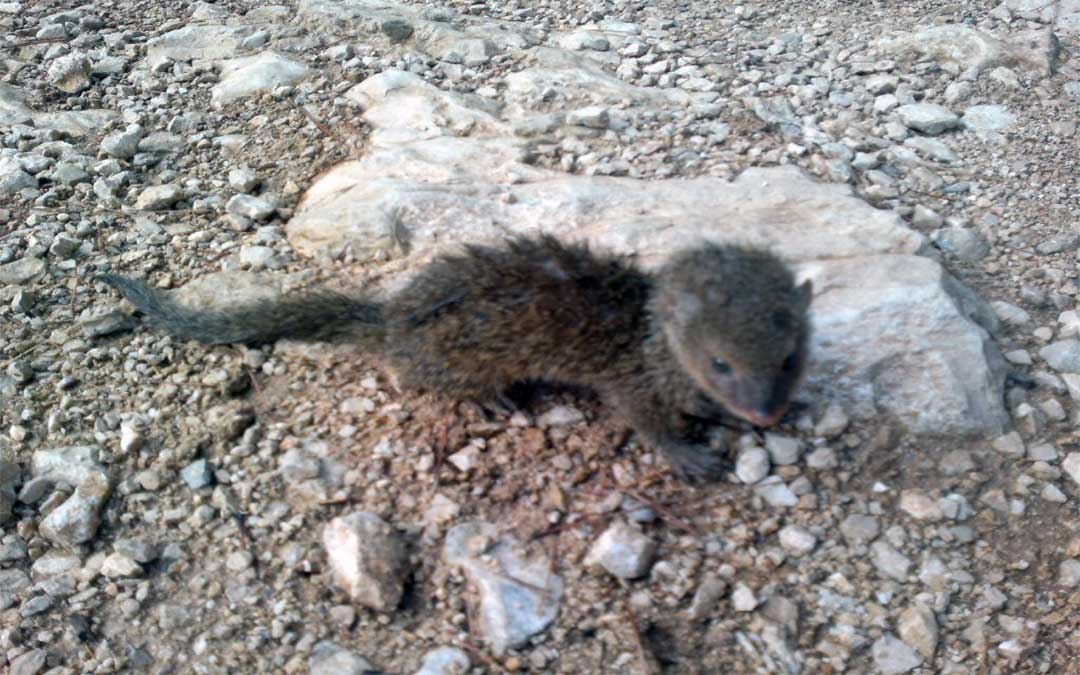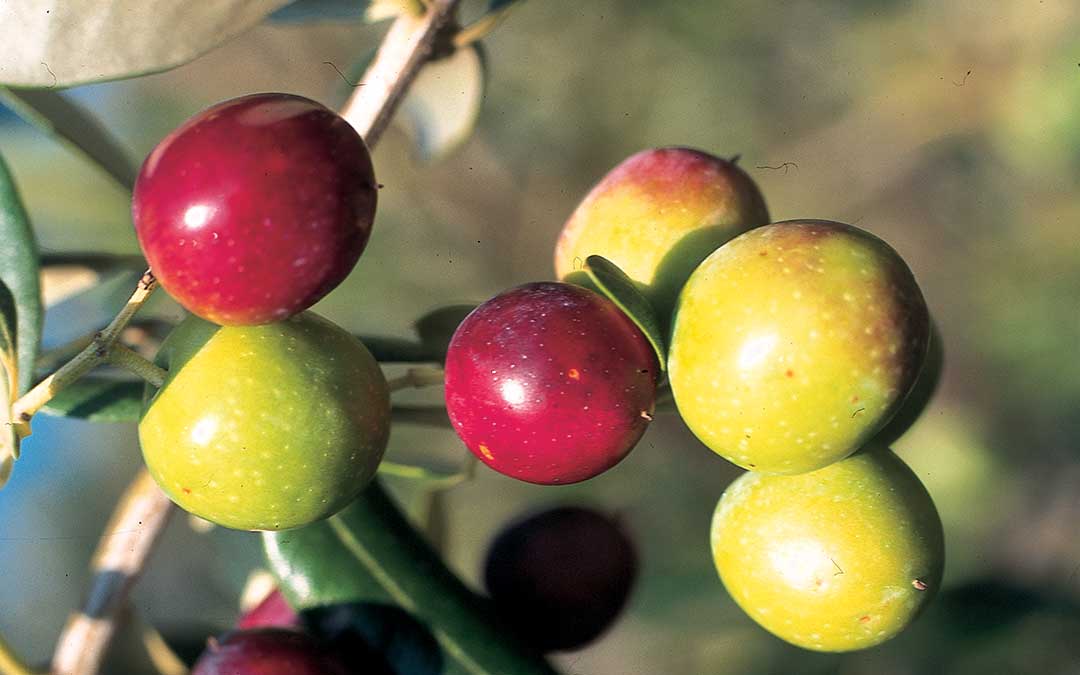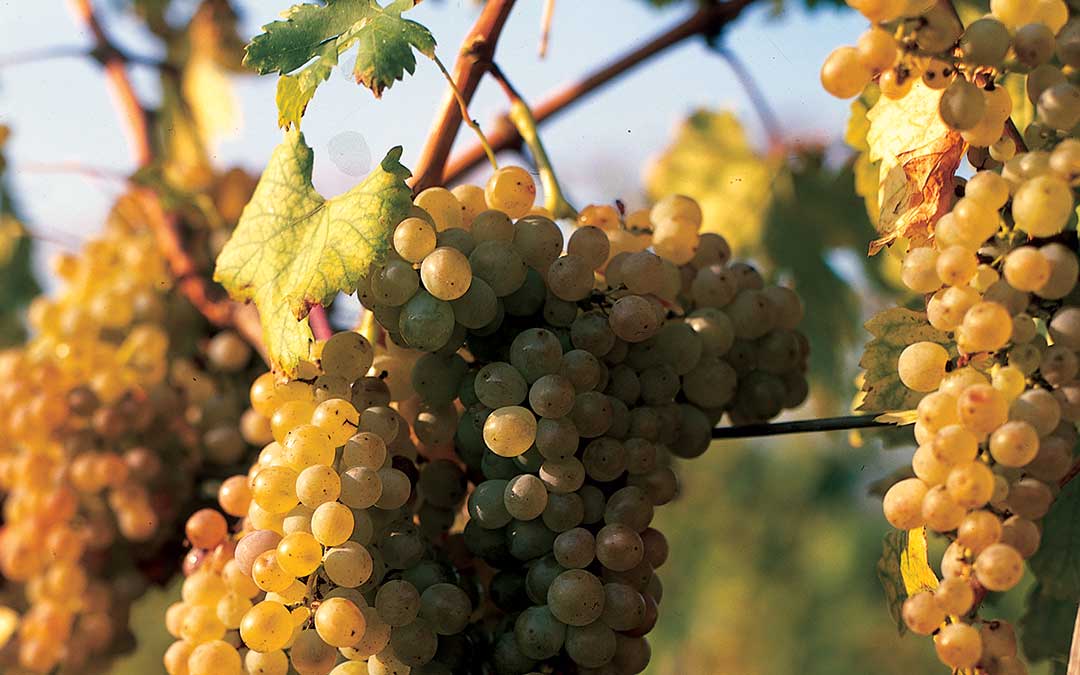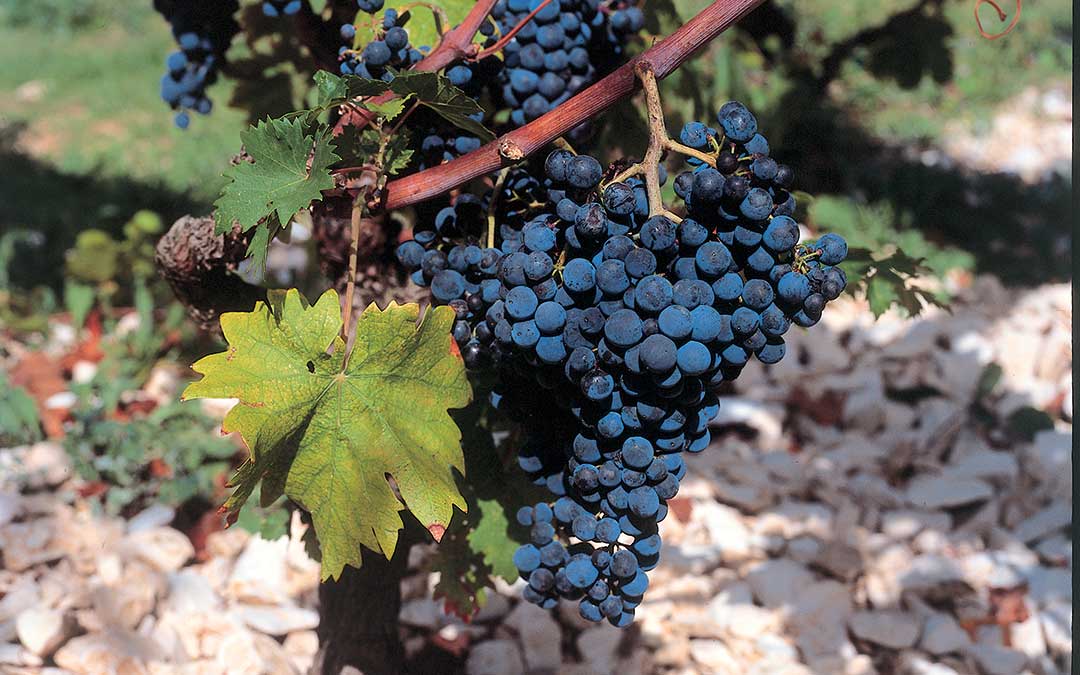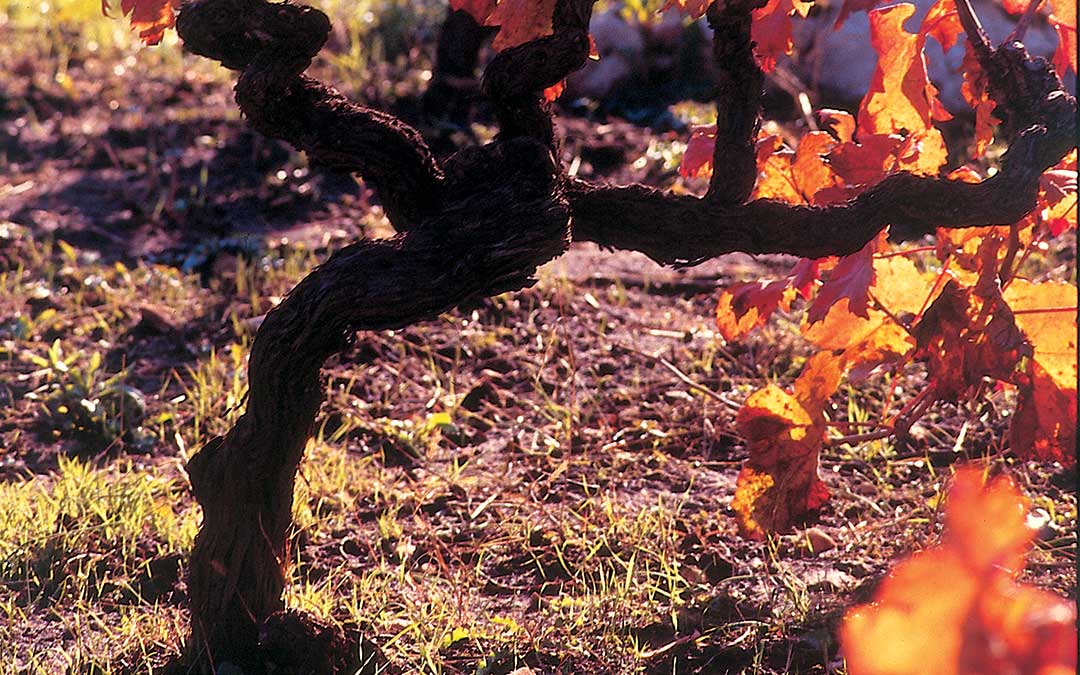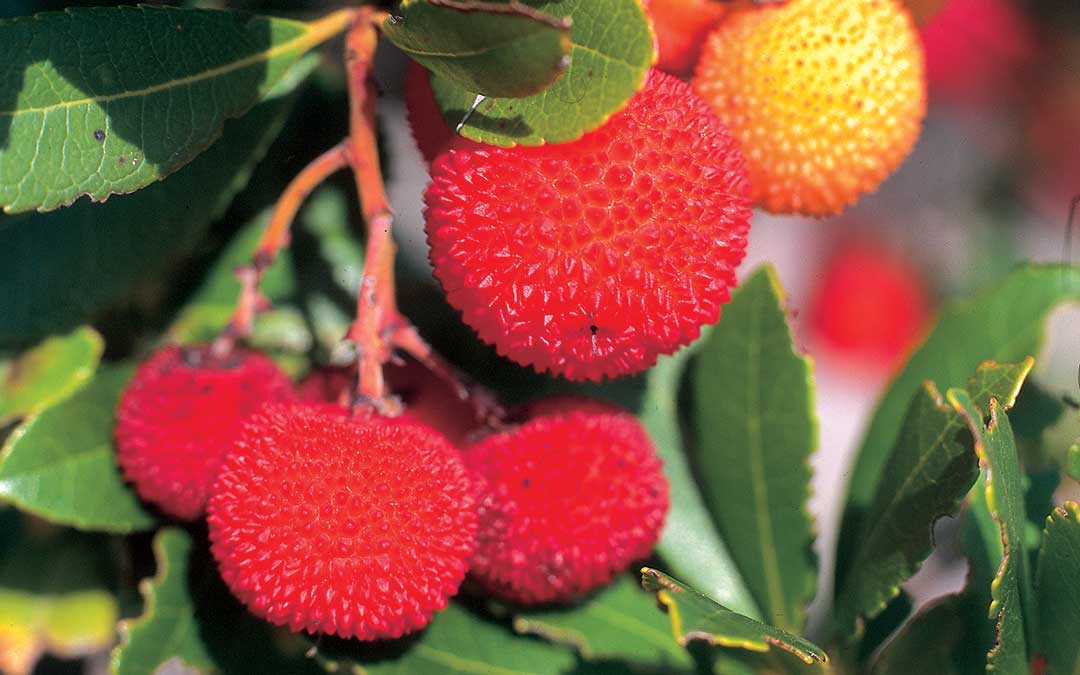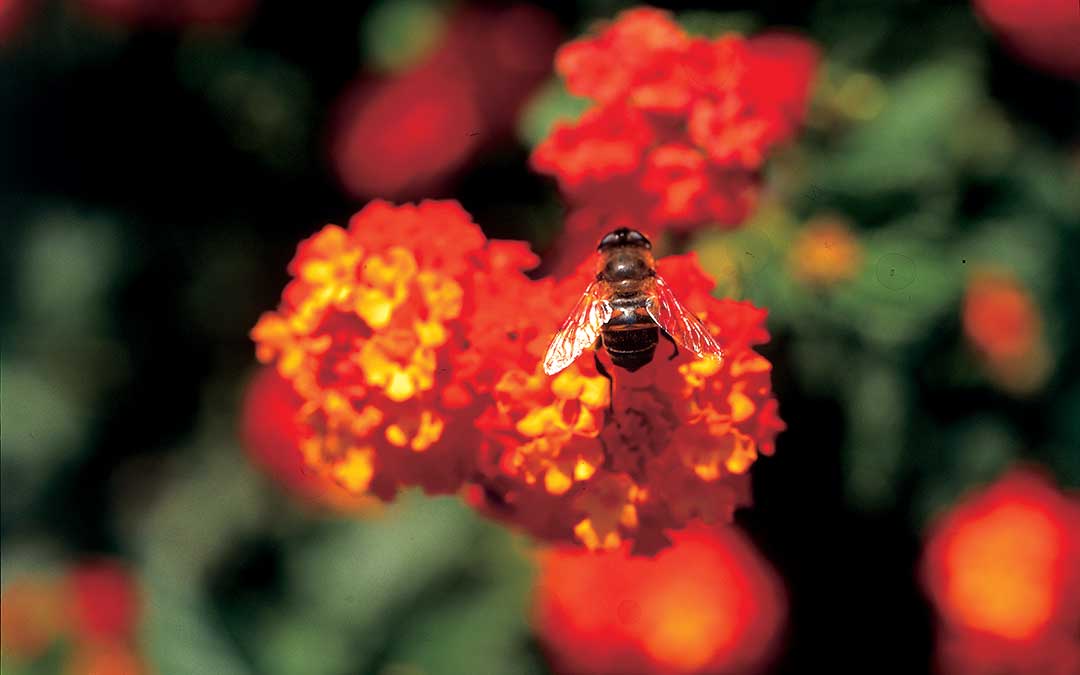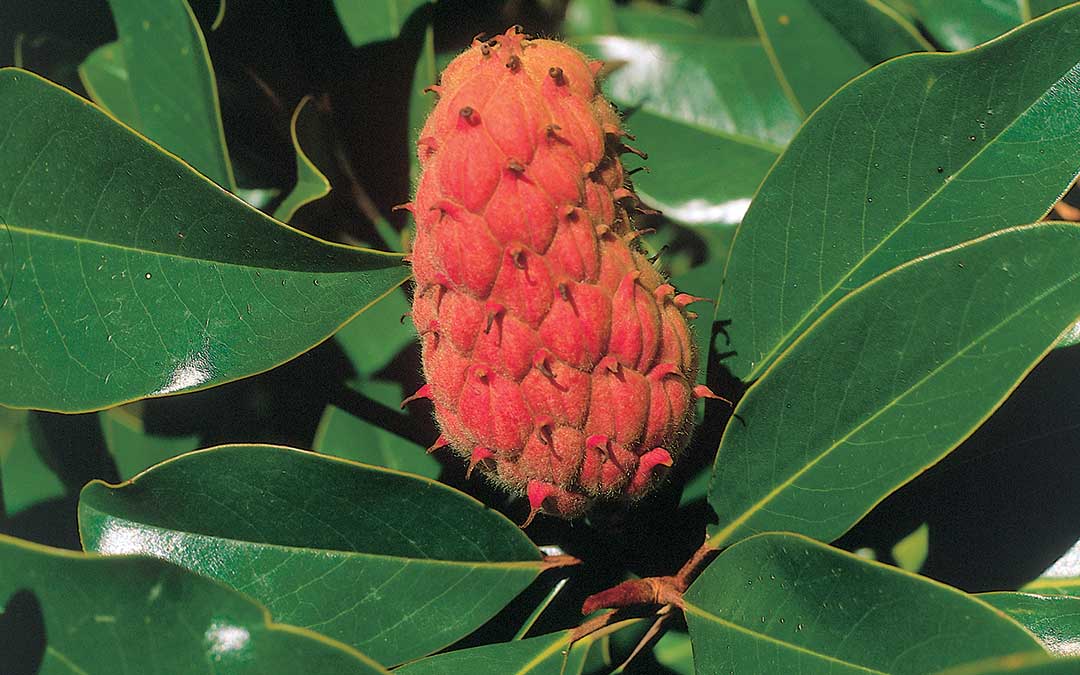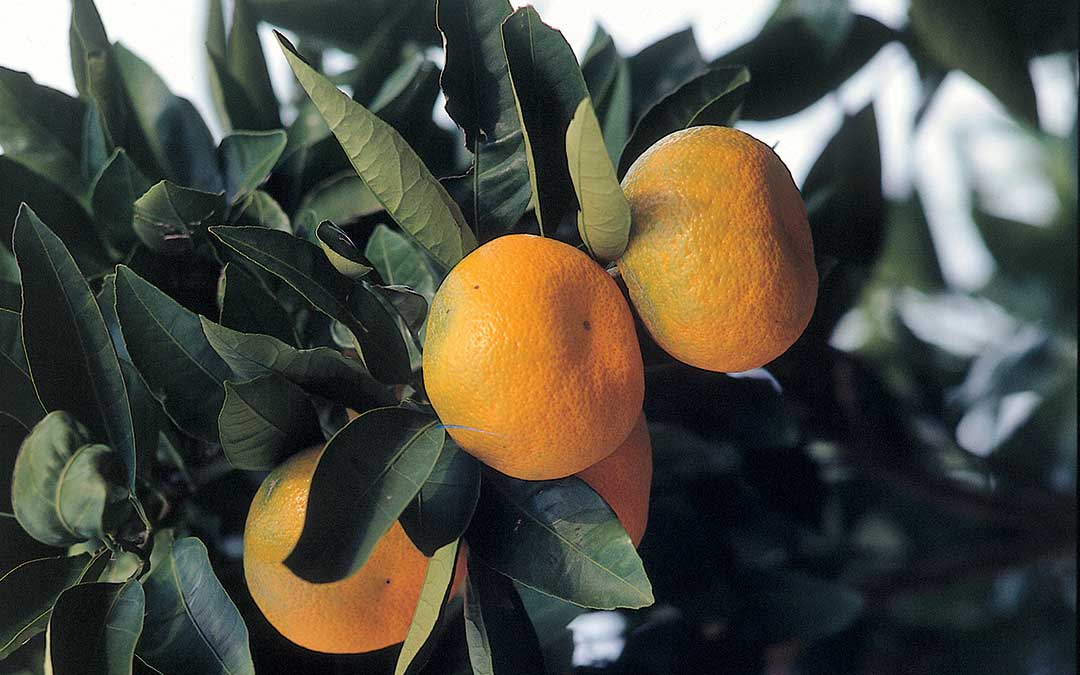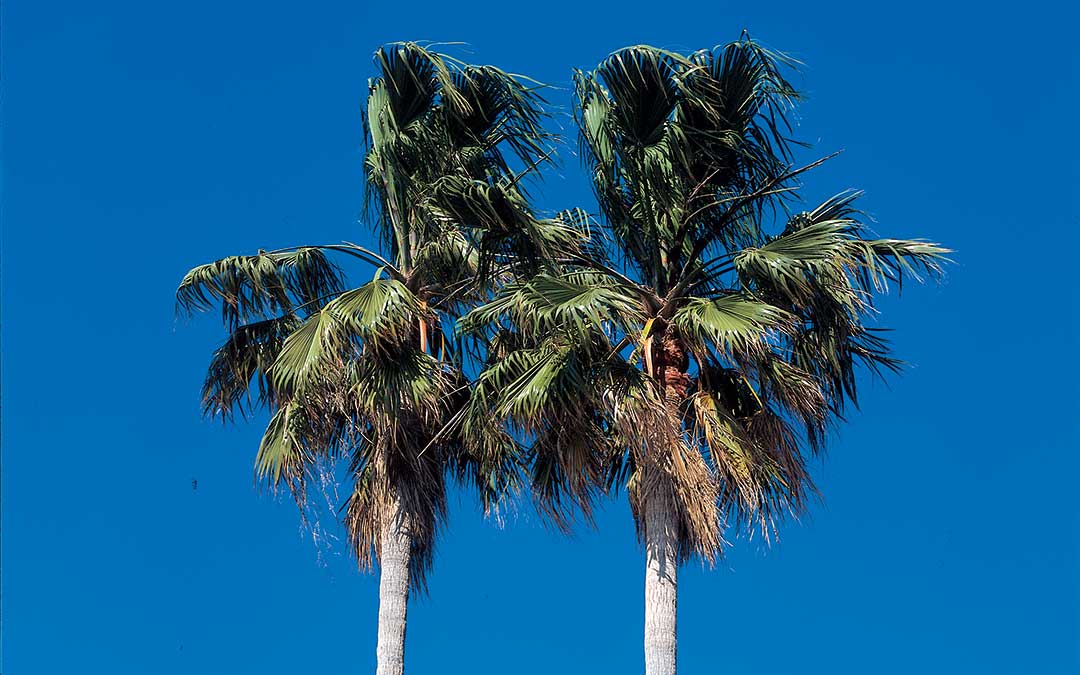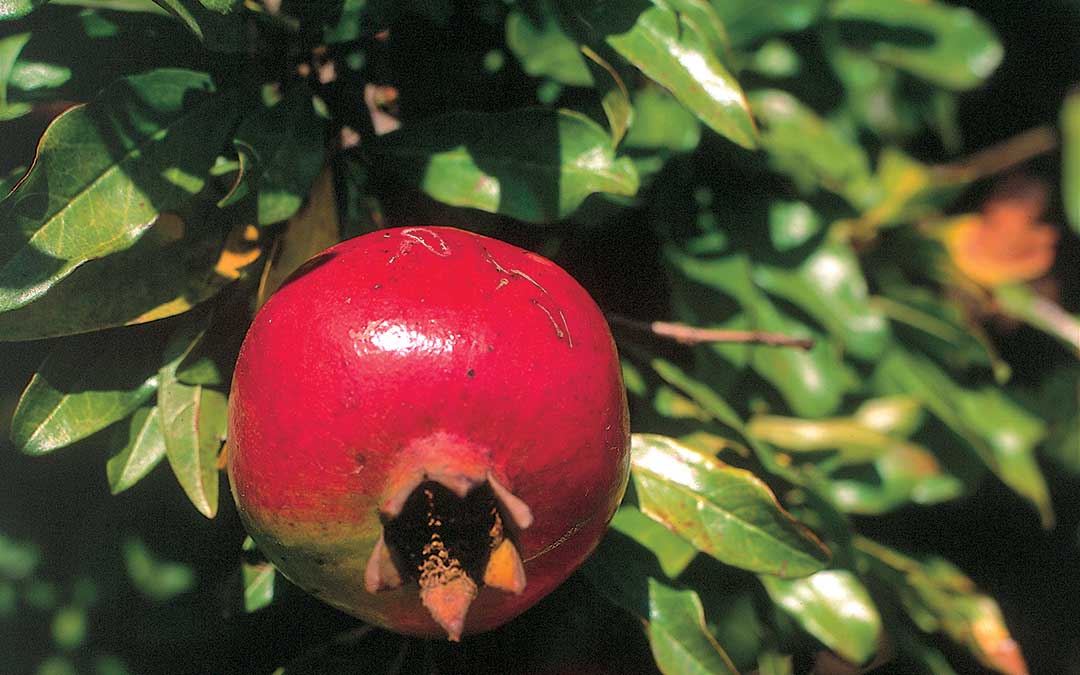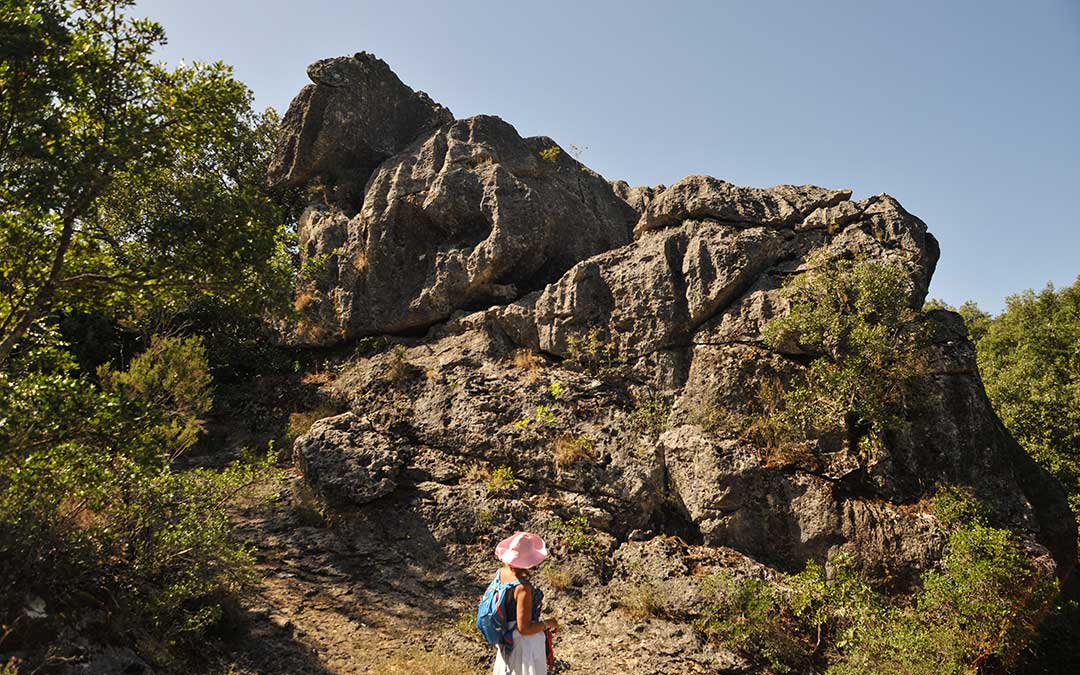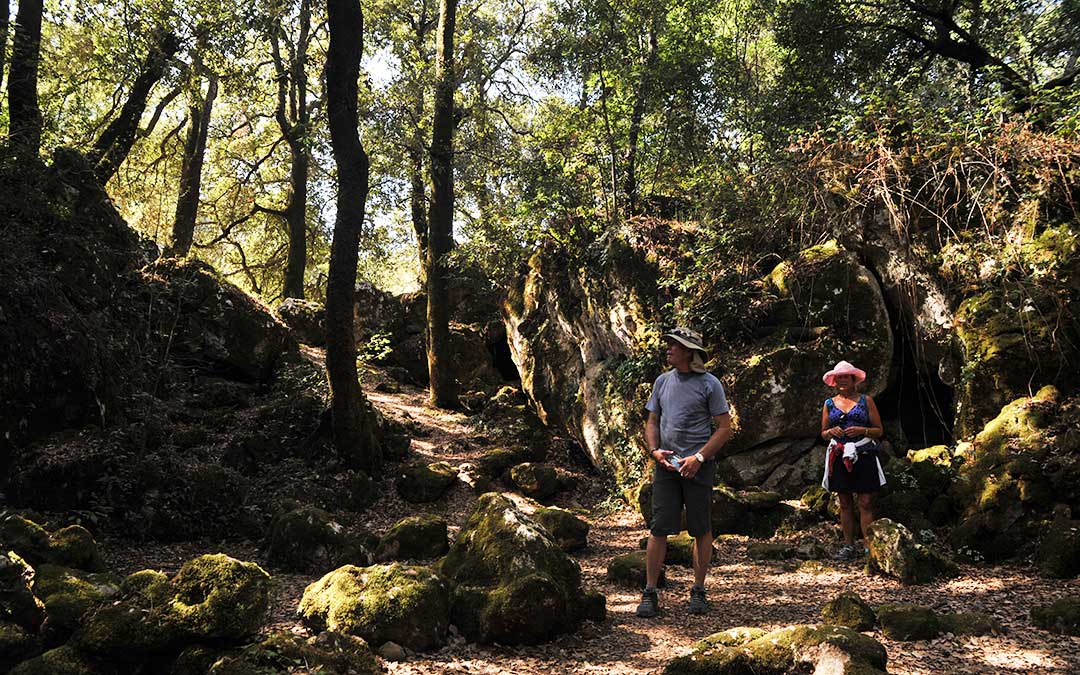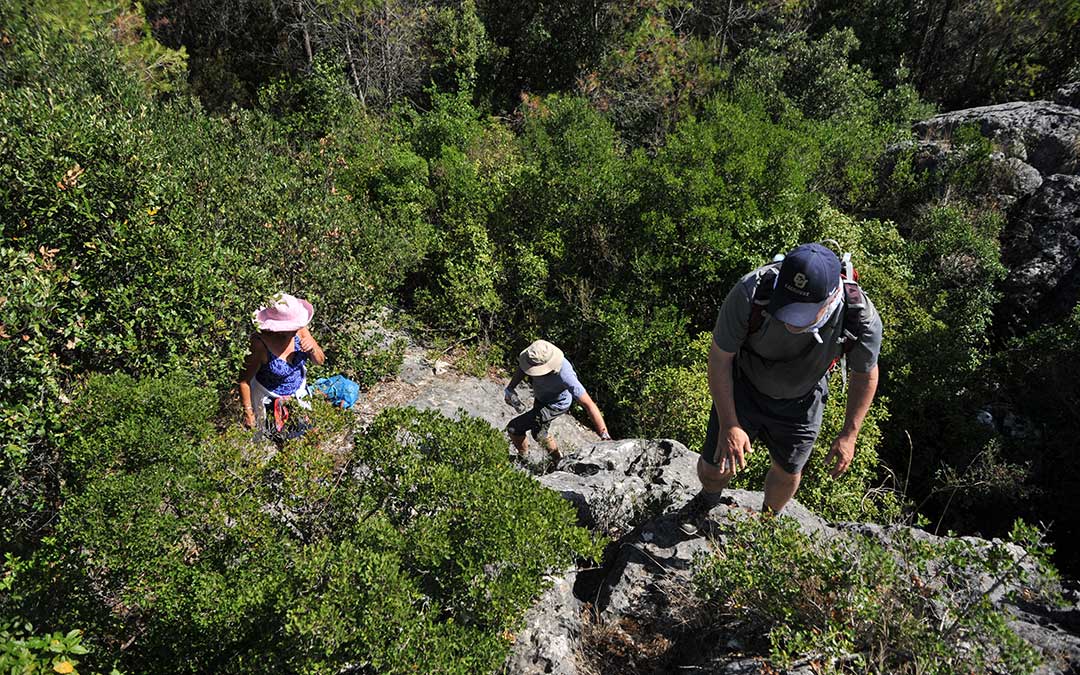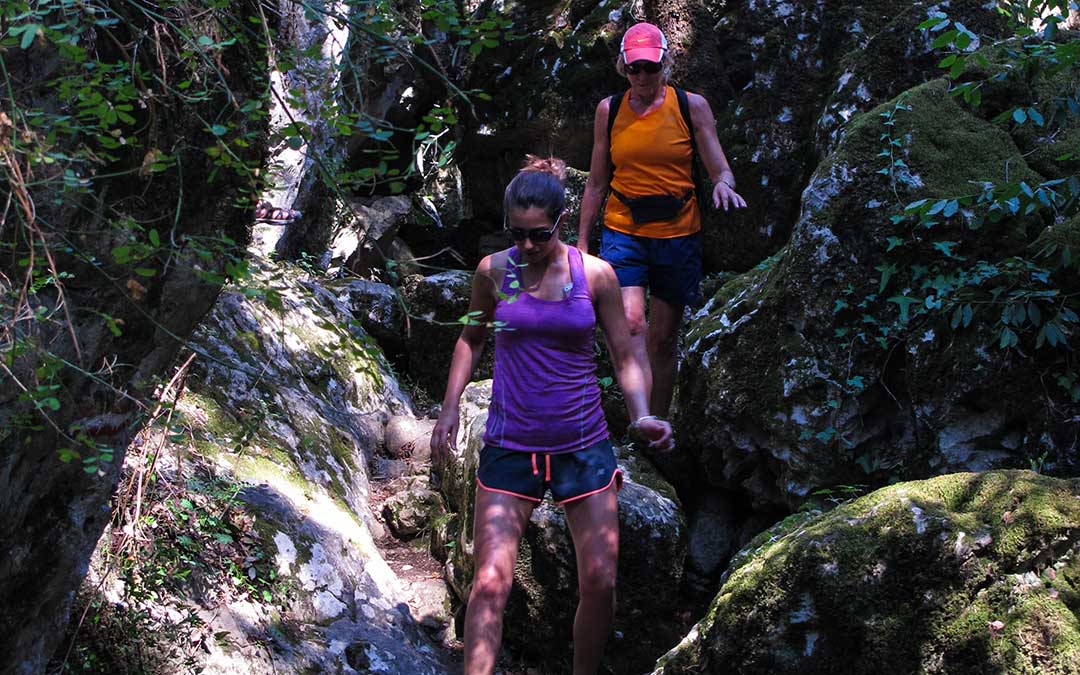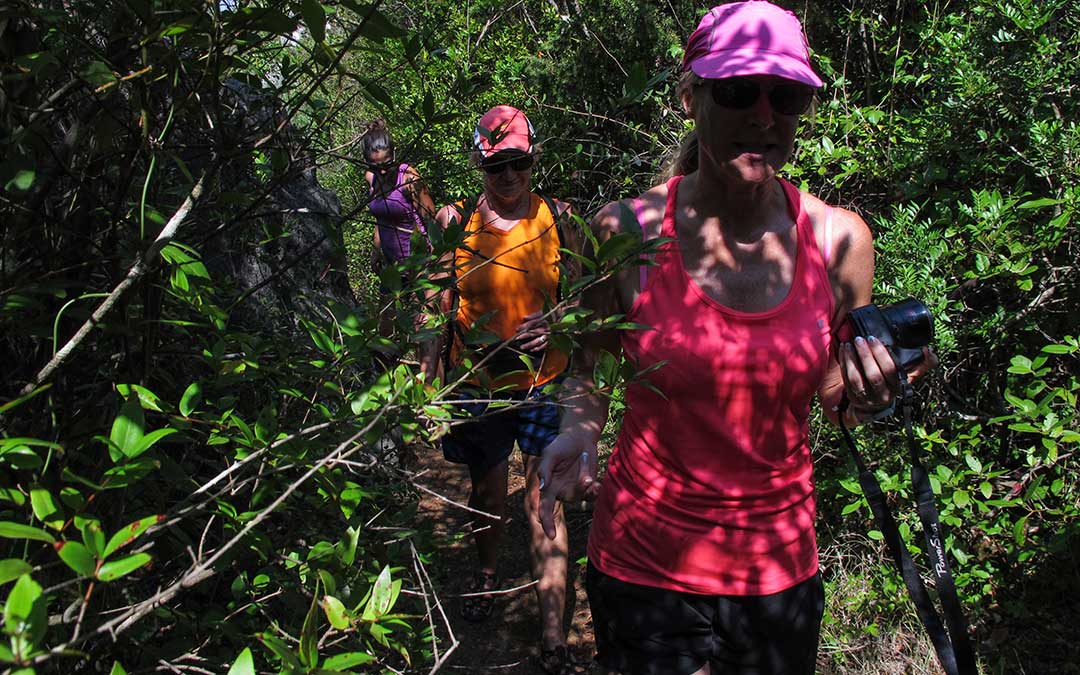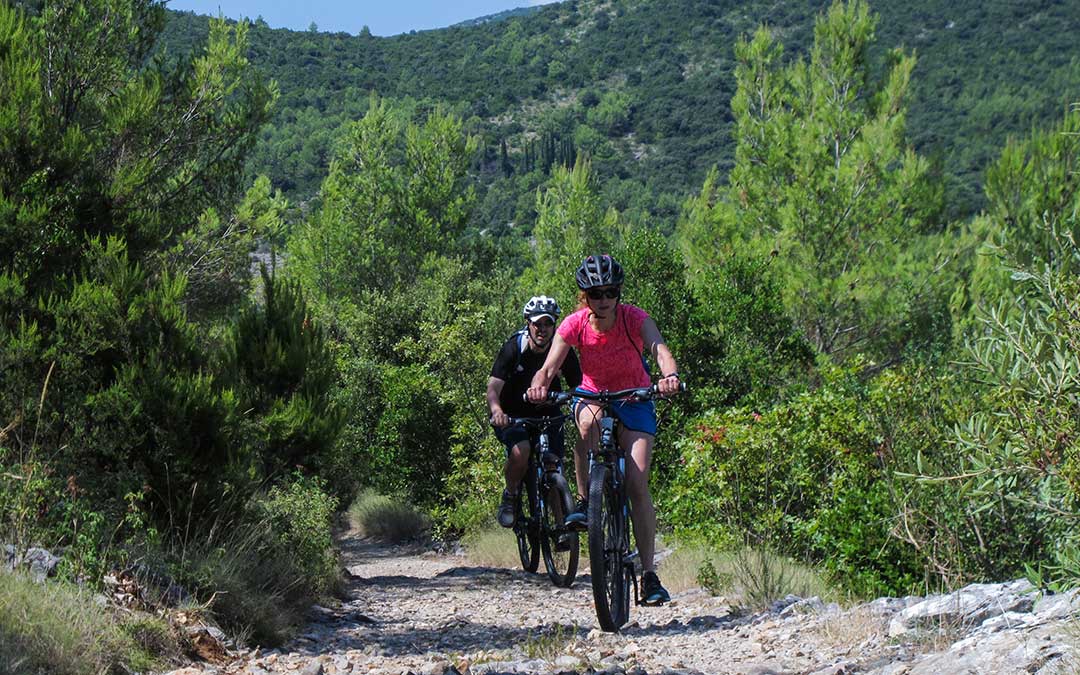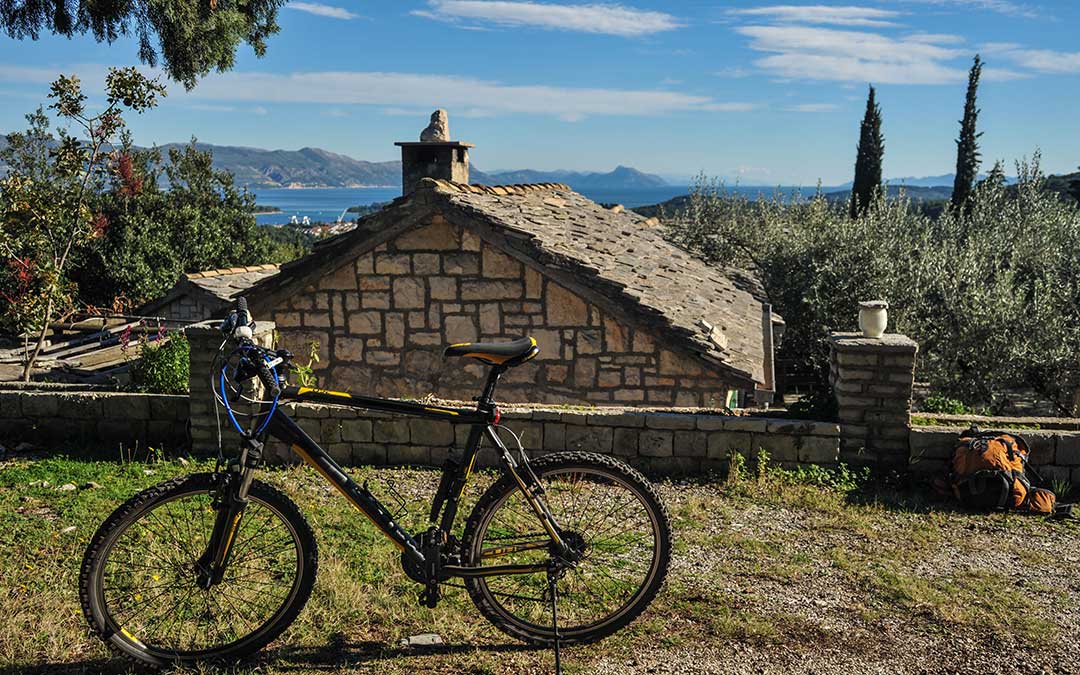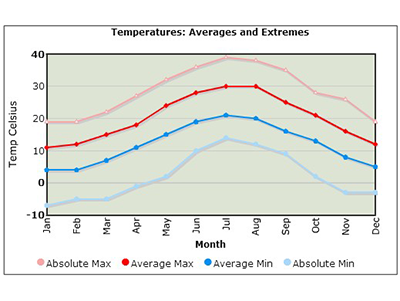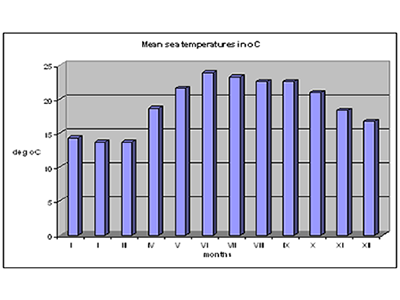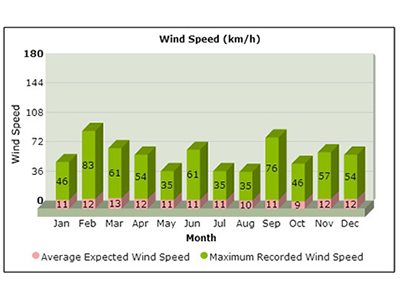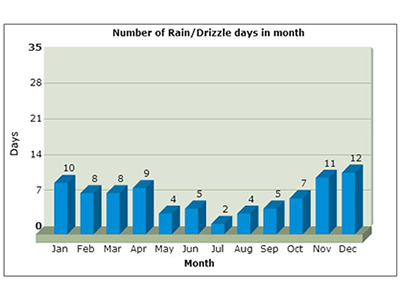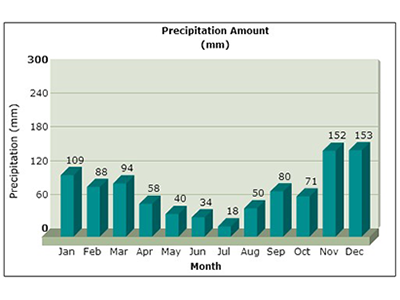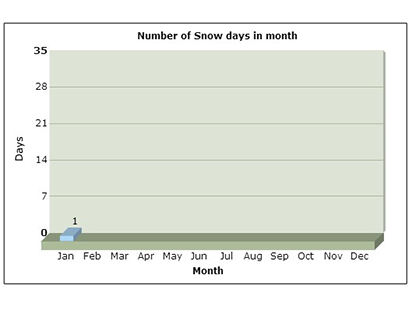GEOGRAPHICAL CHARACTERISTICS
42°58'N, 17°E
Korčula town
276 km2
Area
47 km
Length
8 km
Width
Hilly island
Relief
Islets No.
50
182 km
Coastline length
1-3 knots
Sea currents
Lime, dolomite, marls
Soil composition
568 m
mount Klupca height
Snow 2-5 cm
once 3-5 years
Sea salinity
38 per thousand
30 cm
Tide
FLORA AND FAUNA
There are mongooses, martens, weasels and rabbits.
From the beginning of the 1980’s, wild boar, which had not hitherto inhabited Korčula, began to cross over to the Dalmatian islands in increasing numbers. Korčula’s waters are rich in a broad variety of excellent fish. Some will leap above the surface to be picked off by diving birds.
Korčula’s varied wildlife includes lizards, birds, beetles and insects, together with the longest European snake – the non-poisonous four-stripe 'kravosica' which can grow up to 3 metres.
A particularly interesting lizard is a cephalopod with stunted legs, which can be mistaken for a snake.
Large owls inhabit the pines and there are hawks and falcons.
Flocks of migratory birds use Korčula as a staging post and sea-gulls are an obligatory part of the Korčula landscape.
Donkeys and mules are still used; while pigs, goats and sheep are kept for meat and milk.
Arbutus, the strawberry tree, predominates in the maquis with its white flowers and sweet, bright red fruit.
The cultivated bay (laurus nobilis) can be found near the villages and in courtyards.
There are useful medicinal and aromatic plants: sage, rosemary, sweet marjoram, mint. Many wild herbs such as "žutinica" are used in cooking.
Mulberry trees (white and black) used to be planted for their valuable wood.
Blato has a well-known avenue lined with lime-trees and Korčula has many decorative trees, bushes and plants such as palm, tamarisk, oleander, agave, cactus, bougainvillea and others.
The forests of Korčula consist mostly of Aleppo pine (pinus halepensis), coastal pine (pinus maritimus), black pine (pinus nigra), stone pine (pinus pinea) and the evergreen maritime oak "česvina" (quercus ilex).
The wild olive (olea oleaster fiori) can also be found in the woods, as well as the black ash (fraxinus ornus), the prickly juniper (juniperus oxycedrus) and others.
There are numerous cypresses (cypressus sempervirens) near the villages and roads.
A substantial part of the island is covered by "maquis". Maquis comprises bushes of stunted coastal oak and juniper as well as arbutus (arbutus unedo), myrtle (myrtus communis), European holly (phyllirea latifolia), heather (erica arborea) and other plants.
As one enters the village of Žrnovo coming from Korčula, there is a road leading off to the right to Brdo (0.5km).
Brdo is part of the village Žrnovo perched high on the hill, from where one can walk to Kočje (2.5km), through a pleasant landscape containing dolomitic rock formations.
